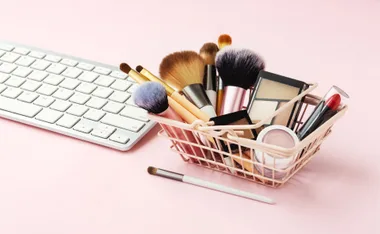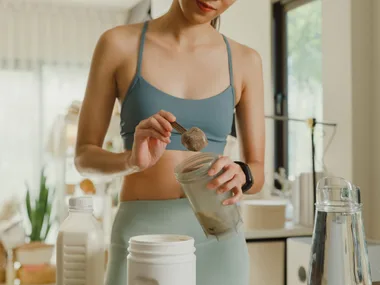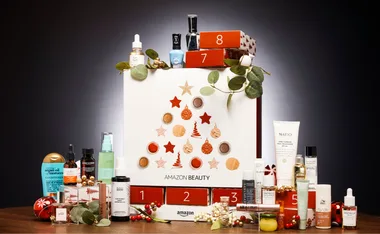There are two bad habits that are common to many people in today’s fast-paced world: the get-me-going caffeine charger, and the wind-me-down after work — or ‘wine o’clock’ — drinks. We all know that everything is fine when alcohol and coffee are enjoyed in moderation, but if you enjoy one too many of either of these beverages, you’ll be jeopardising your health, your weight-loss goals and your highly effective performance. So if you’re pounding away at the gym and still not shifting the kilos, perhaps you should ask yourself if you have:
- One too many after-work drinks
If you enjoy a glass or two of wine with dinner or a couple of beers after work on Friday, you’re drinking at a “safe” level. However, if that enjoyment extends to more than a few wines or beers or a “heavy session” every weekend, then you’re heading into the heavy drinking zone. Heavy drinking leads to a range of health and social problems and is more frequent in young and middle age males and women working in highly competitive jobs.Alcohol is also high in kilojoules and frequently consumed with high fat, high kilojoule snacks ( for example, chips, nuts, etc). Plus, drinking alcohol tends to stimulate your appetite and lower your resolve for sticking to those healthy eating goals. This means that you’re far more likely to go for the late night kebab than the sushi on the way home and end up adding a whole lot more kilojoules to your day!
- One too many caffeine chargers
Caffeine is a drug and acts as a stimulant. It’s found in foods, drinks and medicines, and occurs naturally in plants such as coffee, tea, cacao beans and kola nuts. More than 63 species of plants growing in all parts of the world contain caffeine in their leaves, seeds or fruit.Small quantities of caffeine probably does little harm and can be an effective way to maintain alertness and performance. Most researchers agree that there is little risk when people consume less than 500-600mg (approximately five cups) of coffee per day. Many health professionals advise that sticking to three cups a day is a good guide for adults as a whole.However, a dose of 1000mg or more (10 cups of coffee) will generally cause adverse effects like headaches, insomnia, trembling, rapid heartbeat or irregular heartbeat, ringing in the ears, desire to urinate and heartburn.And unless you like yours short and black, a cuppa with full cream milk and sugar can also pile on the kilojoules. Even if you’re going for a skinny latte with no sugar, you’ll be consuming around 500 kilojoules per hit. That’s 2000 kilojoules added to your day if you enjoy a morning, lunchtime, arvo and evening coffee break.
Alcohol is also high in kilojoules and frequently consumed with high fat, high kilojoule snacks ( for example, chips, nuts, etc). Plus, drinking alcohol tends to stimulate your appetite and lower your resolve for sticking to those healthy eating goals. This means that you’re far more likely to go for the late night kebab than the sushi on the way home and end up adding a whole lot more kilojoules to your day!
Small quantities of caffeine probably does little harm and can be an effective way to maintain alertness and performance. Most researchers agree that there is little risk when people consume less than 500-600mg (approximately five cups) of coffee per day. Many health professionals advise that sticking to three cups a day is a good guide for adults as a whole.
However, a dose of 1000mg or more (10 cups of coffee) will generally cause adverse effects like headaches, insomnia, trembling, rapid heartbeat or irregular heartbeat, ringing in the ears, desire to urinate and heartburn.
And unless you like yours short and black, a cuppa with full cream milk and sugar can also pile on the kilojoules. Even if you’re going for a skinny latte with no sugar, you’ll be consuming around 500 kilojoules per hit. That’s 2000 kilojoules added to your day if you enjoy a morning, lunchtime, arvo and evening coffee break.
Newsletter conversion description. Get the latest in your inbox.


















































